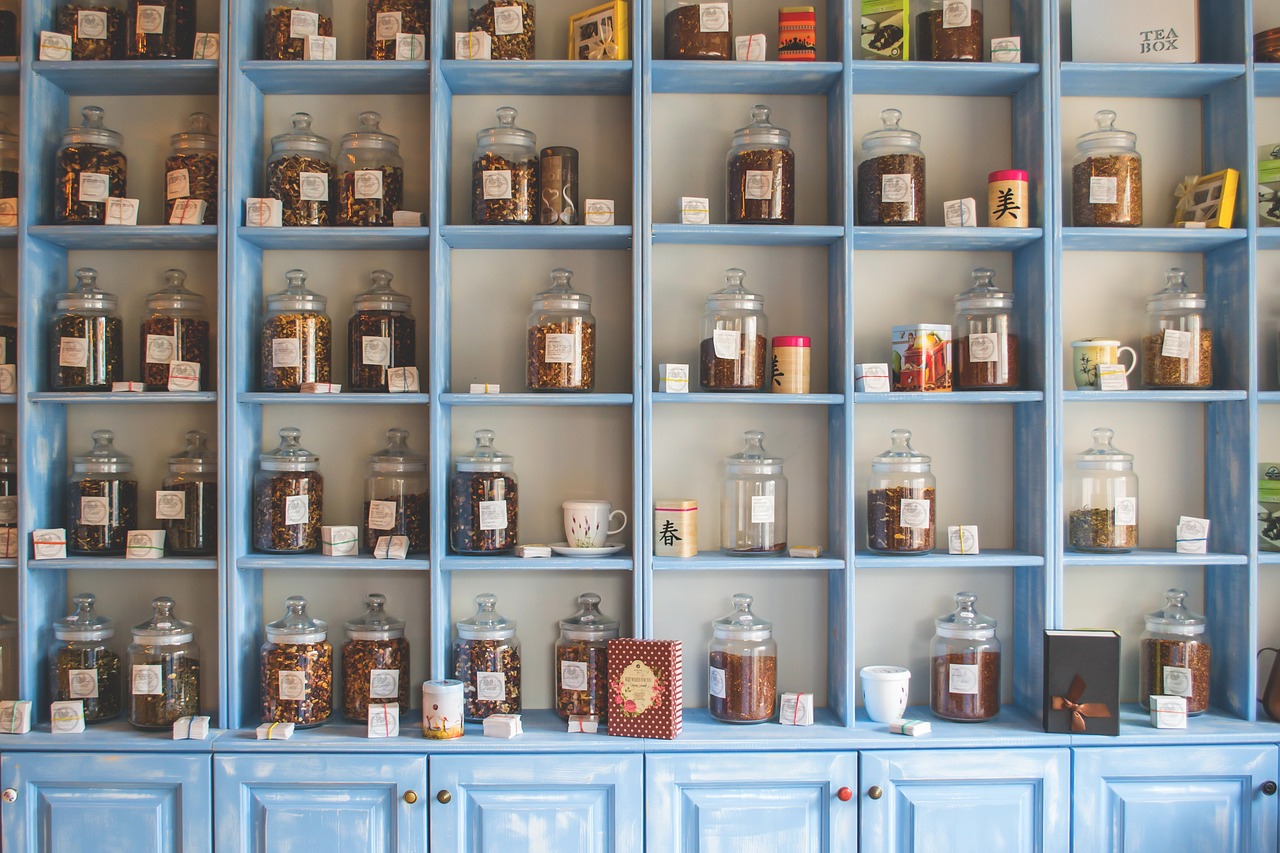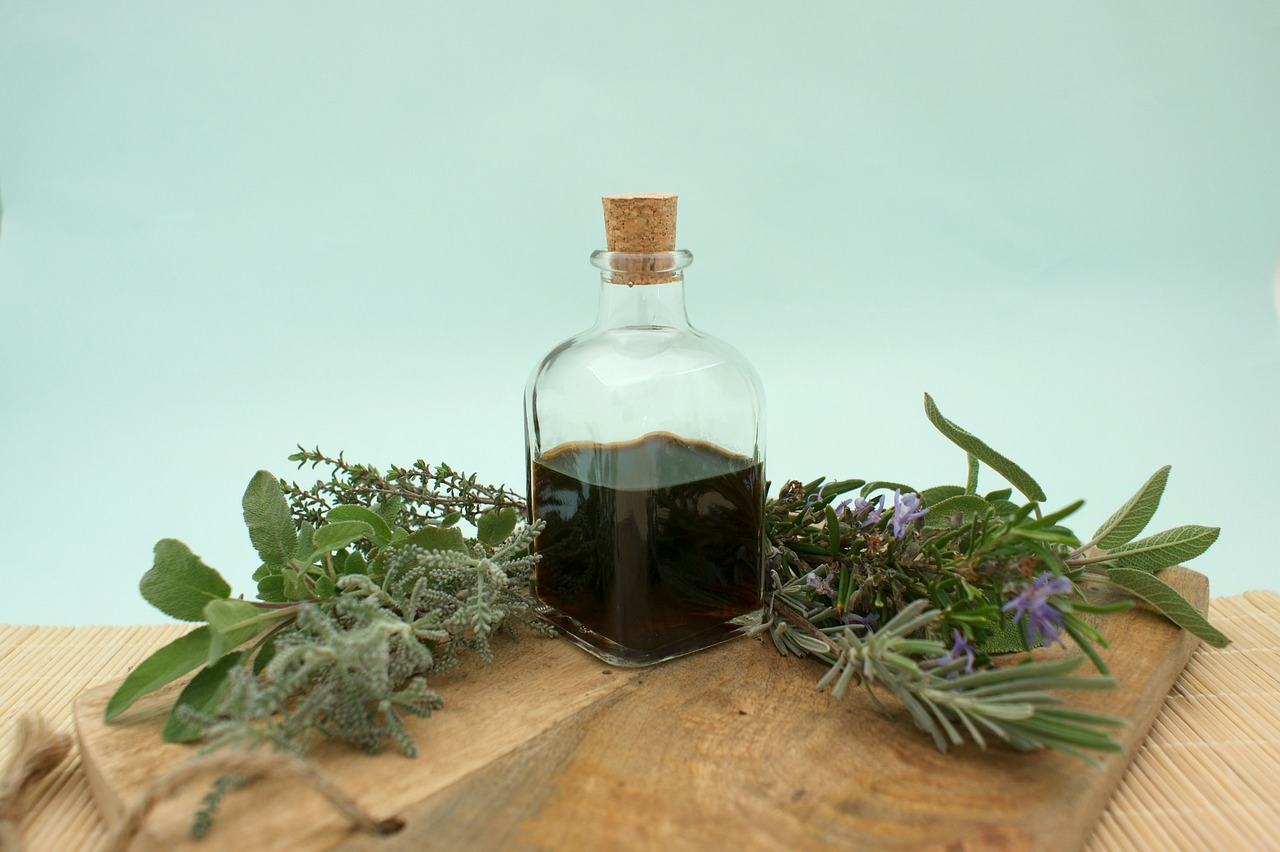Flower Essences for Behavioral Issues: A Natural Approach to Emotional Well-being

Introduction
In the quest for holistic approaches to mental and emotional well-being, flower essences have emerged as a valuable tool for addressing behavioral issues. Derived from the essence of flowers, these remedies offer a gentle, natural way to support emotional health and improve behavioral patterns. This article explores the benefits, applications, and considerations of using flower essences to address behavioral issues, providing a detailed guide for those interested in this alternative therapy.
What Are Flower Essences?
Flower essences are subtle yet powerful remedies made from the infusion of flowers in water, which are then preserved with alcohol. They were first developed by Dr. Edward Bach, a British physician, in the 1930s. Dr. Bach discovered that the essence of certain flowers could help balance emotional states and support mental well-being. Unlike essential oils, which are extracted through distillation, flower essences are created through a gentle infusion process.
How Flower Essences Work
Flower essences operate on the principle that emotions and mental states have a significant impact on physical health and behavior. They are believed to work by addressing the emotional root causes of behavioral issues, thereby helping individuals achieve a state of balance and harmony. The subtle vibrational energy of the flower essences interacts with the body’s energy fields, promoting emotional healing and transformation.
Benefits of Flower Essences for Behavioral Issues
- Addressing Emotional Imbalances: Flower essences can help balance and stabilize emotional states, which may contribute to behavioral issues. For instance, essences like Rescue Remedy, a popular blend, can be used in times of stress or emotional upheaval to promote calmness and emotional resilience.
- Supporting Mental Clarity: Certain flower essences are known to enhance mental clarity and focus, which can be beneficial for individuals experiencing confusion, indecisiveness, or lack of motivation. Essences such as White Chestnut and Clematis can support mental clarity and help with decision-making.
- Enhancing Emotional Resilience: Flower essences can bolster emotional resilience and coping skills, helping individuals better manage stress, anxiety, and challenging emotions. For example, the essence of Oak is used to support strength and endurance in the face of adversity.
- Promoting Positive Behavioral Changes: By addressing underlying emotional patterns, flower essences can facilitate positive changes in behavior. Essences like Mimulus, which is used for fear and anxiety, can help individuals overcome fears and develop more adaptive coping strategies.
- Supporting Self-Awareness: Flower essences can aid in self-awareness and personal growth by helping individuals understand and address the root causes of their behavioral issues. Essences like Agrimony can assist those who hide their true feelings behind a façade of cheerfulness, promoting genuine self-expression.
Common Flower Essences for Behavioral Issues
- Rescue Remedy: A blend of five different flower essences (Rock Rose, Impatiens, Clematis, Star of Bethlehem, and Cherry Plum), Rescue Remedy is widely used for acute stress and emotional crises. It is known for its calming and balancing effects.
- Mimulus: This essence is used for addressing specific fears and anxieties, such as fear of public speaking or fear of the dark. It helps individuals face their fears with courage and confidence.
- White Chestnut: Ideal for those who experience persistent, repetitive thoughts or worry. White Chestnut helps to quiet the mind and promote mental clarity, reducing overthinking and mental chatter.
- Agrimony: Suitable for individuals who mask their true feelings behind a cheerful exterior. Agrimony promotes authenticity and helps individuals confront and address underlying emotional issues.
- Oak: Used for individuals who struggle with exhaustion and perseverance. Oak supports strength and endurance, helping those who push themselves too hard to find balance and rest.
- Clematis: This essence is beneficial for individuals who tend to daydream or have difficulty staying grounded. Clematis helps enhance focus and presence, encouraging individuals to engage more fully with their surroundings.
- Cherry Plum: Used for those who fear losing control or are experiencing emotional outbursts. Cherry Plum helps to restore calm and composure, supporting emotional stability.
- Star of Bethlehem: Useful for individuals dealing with trauma or shock. Star of Bethlehem provides comfort and healing, helping to process and release past emotional pain.
- Gentian: This essence is beneficial for those who feel discouraged or are experiencing setbacks. Gentian helps restore hope and motivation, promoting a positive outlook.
- Scleranthus: Suitable for individuals experiencing indecision or inner conflict. Scleranthus helps to balance opposing thoughts and emotions, promoting decisiveness and clarity.
How to Use Flower Essences
- Direct Consumption: Flower essences are typically taken orally. The usual dosage is 2-4 drops of the essence, taken directly under the tongue or added to a glass of water, 3-4 times a day.
- Incorporate into Drinks: You can add a few drops of flower essence to your water, herbal tea, or other non-alcoholic beverages. This method allows for continuous intake throughout the day.
- Topical Application: Flower essences can also be applied topically by adding a few drops to a carrier oil or lotion. This method is particularly useful for addressing specific emotional issues related to physical touch or body awareness.
- In Baths: Adding a few drops of flower essence to a bath can create a soothing, immersive experience. This method is useful for promoting relaxation and emotional release.
- Environmental Use: Flower essences can be used in room sprays or diffusers to create a calming or supportive environment. This approach is effective for setting a positive atmosphere and supporting emotional well-being in shared spaces.
Safety and Considerations
- Consultation with a Practitioner: While flower essences are generally safe, it is advisable to consult with a qualified practitioner or therapist who specializes in flower essence therapy. They can provide personalized recommendations and guidance based on individual needs.
- Avoiding Overuse: Flower essences are subtle and should be used in moderation. Overuse is unlikely to provide additional benefits and may lead to diminished effects. Follow the recommended dosage and frequency.
- Allergies and Sensitivities: Although rare, some individuals may have sensitivities or allergies to certain flower essences. Monitor your response to the essences and discontinue use if you experience any adverse effects.
- Complementary Therapy: Flower essences are best used as a complementary therapy rather than a replacement for conventional medical treatment. They can be integrated into a broader wellness plan that includes professional therapy, counseling, or medical care.
Integrating Flower Essences into a Wellness Plan
- Identify Specific Needs: Begin by identifying the specific behavioral or emotional issues you wish to address. Choose flower essences that align with these needs and support your overall wellness goals.
- Monitor Progress: Track your progress and observe any changes in behavior or emotional states. Flower essences can take time to produce noticeable effects, so patience and consistency are key.
- Combine with Other Therapies: Flower essences can be used in conjunction with other holistic therapies, such as meditation, yoga, or counseling. Combining therapies can enhance overall well-being and provide a more comprehensive approach to addressing behavioral issues.
- Educate and Empower: Learn more about flower essences and their uses to empower yourself in your wellness journey. Understanding how these remedies work can help you make informed decisions and effectively integrate them into your life.
Conclusion
Flower essences offer a gentle and holistic approach to addressing behavioral issues and supporting emotional well-being. By tapping into the subtle energy of flowers, these remedies can help balance emotions, enhance mental clarity, and promote positive behavioral changes. Whether used alone or as part of a broader wellness plan, flower essences provide a natural and supportive tool for emotional healing and personal growth.
As with any therapeutic approach, it’s essential to consult with a qualified practitioner and consider flower essences as a complement to, rather than a substitute for, conventional medical care. By integrating flower essences into your life with intention and mindfulness, you can support your journey toward emotional balance and well-being.




